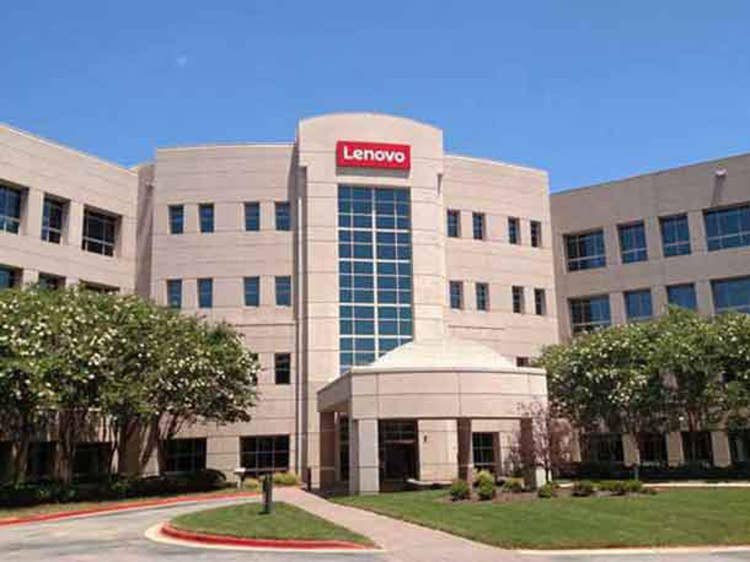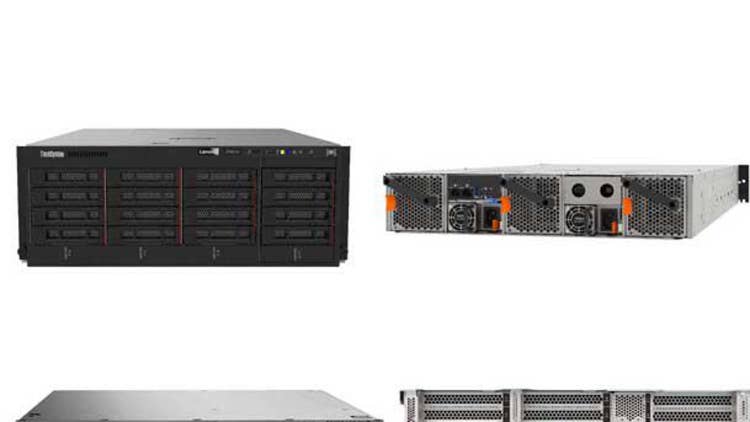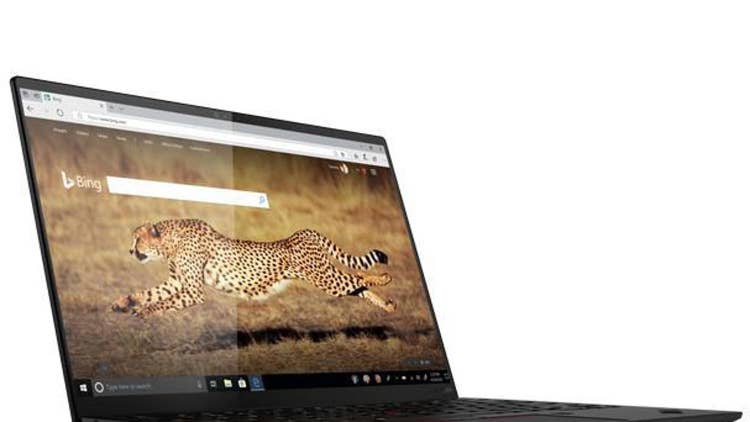Lenovo’s Q1 Results: 5 Big Takeaways For Partners
The company is seeing strong growth in its PC, data center and solutions and services businesses driven by partners, according to Vladimir Rozanovich, president of North America for Lenovo.

Lenovo’s Growth Surge
PC and data center giant Lenovo had a “historic quarter” with its latest financial report, with the help of strong channel-fueled sales in North America, said Vladimir Rozanovich, Lenovo’s recently appointed president of North America. Rozanovich, who also serves as senior vice president for the International Sales Organization at Lenovo, said in an interview with CRN on Wednesday that partners are helping propel Lenovo to major growth across its three business units—the Intelligent Devices Group, Infrastructure Solutions Group and recently created Solutions and Services Group.
In the Intelligent Devices Group (IDG), in particular, “we continue to remain No. 1 in a market where demand is very strong,” Rozanovich said, referring the company’s top position for global PC market share. Along with ongoing demand for devices to enable remote and hybrid work, the return to the office is also “starting to drive refresh rates on commercial PCs,” he said. Meanwhile, for the Infrastructure Solutions Group (ISG)—formerly known as the Data Center Group—demand for products such as servers is also on the rise, Rozanovich said.
What follows are five big takeaways for partners from Lenovo’s fiscal Q1 results.

Global Growth
For Lenovo’s fiscal first quarter, ended June 30, “we had a historic quarter when it came to revenue,” Rozanovich (pictured) said.
“We continue our No. 1 share in PCs and tablets—and that’s something we‘re really proud of, especially with the demand put on the marketplace,” he said. “Between our PC division, our data center group and our Solutions and Services Group, we’re seeing growth across all those areas.”
Overall, Lenovo reported global revenue of $16.93 billion for its fiscal first quarter. That was up 27 percent from the same period a year earlier, and constituted a record for Lenovo’s fiscal Q1, the company said.
IDG revenue jumped 27.7 percent during the quarter, year-over-year, to reach $14.67 billion. ISG revenue climbed 14.2 percent to $1.83 billion, while SSG revenue rose 37.5 percent during the quarter. This was the first time Lenovo has reported revenue for the Solutions and Services Group, which was created as part of the company’s April 1 reorganization.

‘Best Quarter’ For Data Center In North America
While Lenovo does not break out its business segment results by geography, Rozanovich said the company’s fiscal Q1 was its “best data center quarter in North America.” And Rozanovich said he expects the growth to only accelerate from here, as the company pursues its “One Lenovo” strategy of creating synergies between its PC and data center businesses—across both products and go-to-market. “The thing I’m hearing from a lot of partners is that they’re going to love the fact that we’re representing the entire portfolio—with a ‘cloud to edge’ type of mentality,” he said. “It’s something where we are going to start seeing more traction on that server side.”
In the data center space, Lenovo also sees the opportunity to work with channel partners who feel like they’ve been “burned by some other OEMs—who have come [to work with] the channel but then started pulling out when they get the customer to a certain level,” Rozanovich said. “That’s something we’re just not going to do. We’re going to put our channel partners first and foremost.”

SMB Growth Continues For PCs
Lenovo is continuing to see major growth for its PC offerings in the small and medium-sized business market, Rozanovich said. With year-over-year revenue growth of 17.9 percent in SMB during the company’s fiscal Q1, “the market is still strong,” he said. Helping to drive the results is Lenovo’s SMB-focused ThinkBook line—and ThinkBook is going to be an area of increased focus going forward, Rozanovich said.
“We are going to put even more emphasis and effort into ThinkBook,” he said. The ThinkBook concept of a laptop that has commercial capabilities on the inside—such as security and manageability—with a consumer-friendly design on the outside is proving to be popular, according to Rozanovich.
“As I’ve spoken to our partners, they’re all asking about, ‘How can we go accelerate ThinkBook share in the market?’ Because what we see is that a lot of people love the ThinkPad, but it may be cost prohibitive for some small businesses,” he said. “So that ThinkBook segment is something that I‘m going to make sure we focus in on—and work with partners to ensure that they know how to position this to small businesses.”

Device-as-a-Service Momentum
Lenovo’s efforts to drive Device-as-a-Service (DaaS) engagements in its PC business have also been bearing fruit. That includes momentum in DaaS during the company’s latest quarter, Rozanovich said. Lenovo’s DaaS offering packages together PC leases, support and software into a monthly subscription—while providing the ability to scale devices up or down on-demand. And in terms of partner involvement, “we’re starting to hear from more and more channel partners that want to be involved in this strategy,” Rozanovich said.
“At this point, IT buyers are comfortable with the as-a-service model. They’re comfortable with using opex versus capex,” he said. “Our partners are really liking that concept. A lot of enterprise customers, corporate customers and even SMB customers have now bought into an as-a-service model. It’s an opportunity for partners, and so it’s going to be one of my focuses with our channel partners—to start getting some of these promotions out there and make sure that people understand that there is a choice in how you purchase and manage your intelligent devices.”

Doing ‘Better’ Than Competitors Around Component Shortages
While Lenovo has not been immune to the industry-wide shortage of components such as CPUs, the company has benefitted from its supply chain and manufacturing investments, as well as purchases of components that were made earlier on, Rozanovich said.
The shortages have “affected us—because we definitely have had more orders than we could have serviced. But I feel like we’re doing better than our competition in getting some of that product out the door,” he said. “We have a supply chain organization that services over 180 markets, with multiple manufacturing locations around the world. And we were able to hold on to that No. 1 market share position [during the latest quarter]. I think it does prove to the market that we have incredible leverage in the marketplace, around making sure that we can get products, supplies and components better than some of our competitors. I think that is one area that has helped us.”